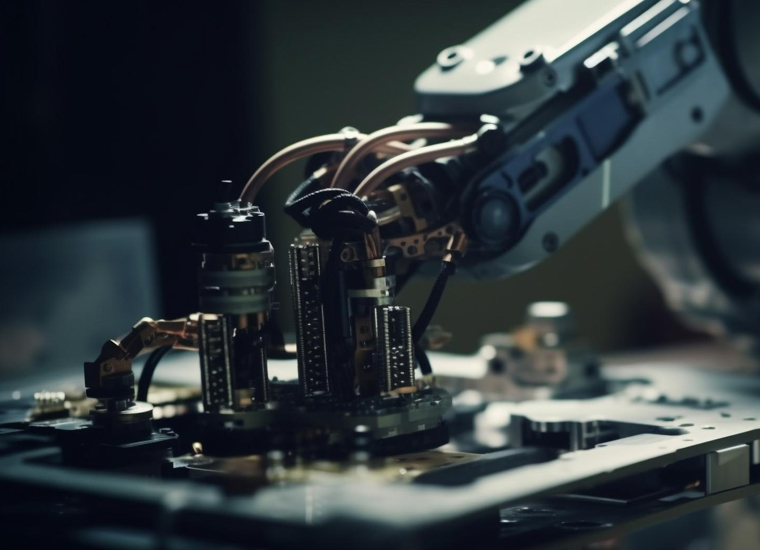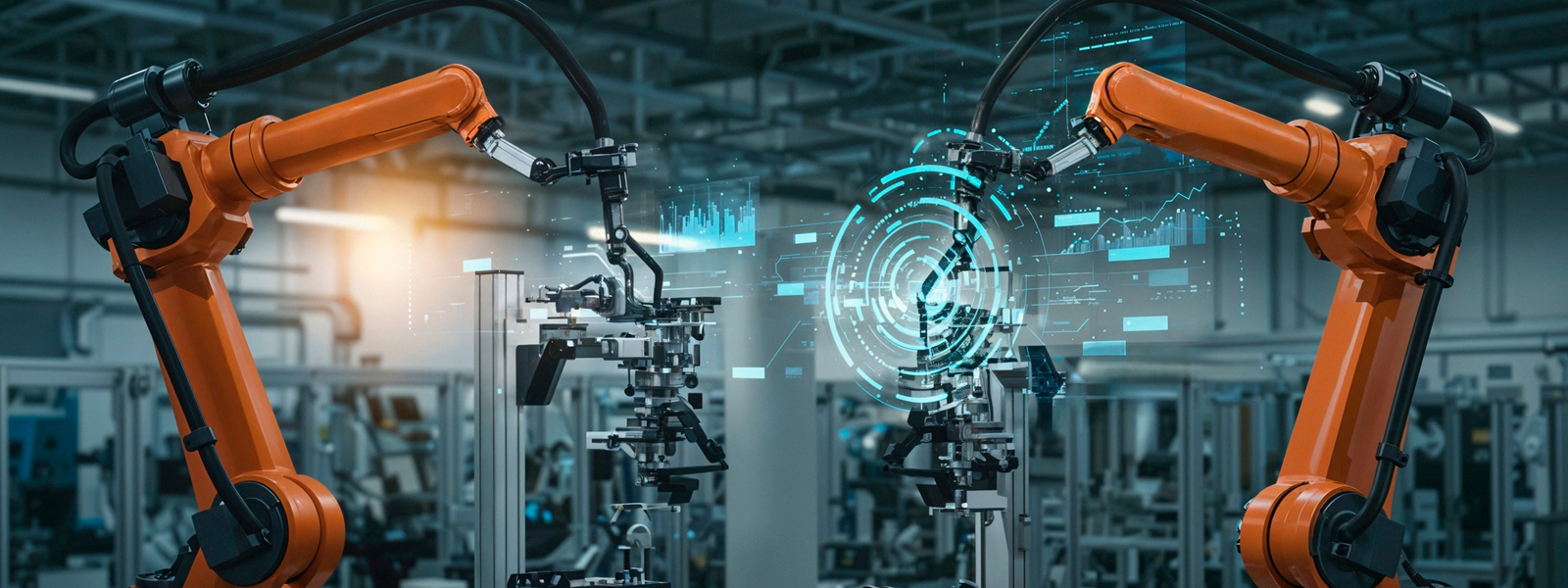AGP China Technology Report - Industrial Robotic Arms
Table of Contents
Page Section
03 Technology Overview
06 Historical Development Timeline
08 Product Differentiation
12 China Technology Ecosystem
16 Sino-Foreign Collaboration
20 Common Applications In China
25 Government Policy Support
28 Impact On Market Incumbents
31 Final Conclusion
32 Appendices
1.1 Global Snapshot
Definition and Classification
Industrial robotic arms are programmable mechanical devices designed to perform tasks such as welding, assembly, and material handling in manufacturing environments. They are typically classified based on their mechanical structure:
- Articulated Robots: Featuring rotary joints, these robots offer a high degree of freedom and flexibility, making them suitable for complex tasks.
- SCARA (Selective Compliance Assembly Robot Arm): Designed for high-speed and high-precision tasks, SCARA robots are commonly used in assembly operations.
- Cartesian Robots: Operating on three linear axes, these robots are ideal for tasks requiring linear movements, such as pick-and-place operations.
- Cylindrical Robots: With a rotary joint at the base and a prismatic joint to connect links, cylindrical robots are used for tasks like assembly and handling operations.
Key Technologies
The performance and capabilities of industrial robotic arms are underpinned by several core technologies:
- Actuators: These components convert energy into movement, enabling the robot's joints to perform precise motions.
- Sensors: Including vision systems and force sensors, they provide feedback for accurate positioning and adaptive control.
- Control Systems: Advanced controllers process inputs from sensors and execute complex motion algorithms to achieve desired tasks.
- End Effectors: Tools attached to the robot's arm, such as grippers or welding torches, that interact with the environment to perform specific tasks.
Global Benchmarks and Market Dynamics
Leading manufacturers such as FANUC, ABB, Yaskawa, and KUKA have set industry standards with their advanced robotic arms. For instance, FANUC's CRX-25iA collaborative robot, introduced in 2023, supports payloads up to 25 kg and features intuitive programming interfaces, enhancing its adoption across various industries.
The global market for industrial robotic arms was valued at approximately USD 17 billion in 2022 and is projected to reach USD 38.4 billion by 2030, growing at a compound annual growth rate (CAGR) of 10.8%. This growth is driven by increasing automation in sectors such as automotive and electronics, where robotic arms are integral to enhancing production efficiency and quality.
1.2 China Snapshot
Market Position and Domestic Capabilities
China has emerged as a global leader in the adoption and production of industrial robotic arms. In 2023, the country surpassed Germany in robot density, reaching 470 robots per 10,000 employees, more than doubling its density since 2019. This rapid adoption underscores China's commitment to automation as a means to bolster manufacturing efficiency and address labor shortages.
Domestic manufacturers such as Estun Automation and Siasun Robot & Automation have made significant strides in developing core components, including harmonic drives and servo motors, reducing reliance on foreign suppliers and enhancing the competitiveness of Chinese robotic arms.
Leading Firms and Product Deployments
Companies like UBTECH Robotics and Unitree Robotics have introduced cost-effective robotic arms tailored for various applications. For example, UBTECH's collaborative robots are utilized in sectors ranging from automotive assembly to logistics, offering flexible automation solutions. Unitree's robotic arms have been deployed in educational settings, providing hands-on learning experiences in robotics and automation.
National Policies and Industrial Targets
The Chinese government has implemented policies such as the "Made in China 2025" initiative, aiming to elevate the country's manufacturing capabilities through advanced automation. This policy emphasizes the development and adoption of industrial robots to enhance productivity and global competitiveness.
Cost-Performance Edge and Application Scaling
China's manufacturing ecosystem enables the production of high-quality robotic arms at competitive prices. This cost-performance advantage facilitates the scaling of automation solutions across various industries, including automotive, electronics, and consumer goods manufacturing.
Role in Advancing "New Productive Forces"
Industrial robotic arms are pivotal in China's strategy to develop "new productive forces," focusing on technological innovation to drive economic growth. By integrating advanced robotics into manufacturing, China aims to transition from labor-intensive production to high-tech, high-efficiency operations.
Link to Demographic Shifts and Industrial Upgrading
With an aging workforce and rising labor costs, China faces challenges in maintaining its manufacturing prowess. The adoption of industrial robotic arms addresses these issues by automating repetitive tasks, thereby enhancing productivity and supporting industrial upgrading initiatives.
Policy Relevance and Tech-Industry Integration
The integration of industrial robotic arms aligns with national policies promoting smart manufacturing and technological self-reliance. Collaborations between government bodies, research institutions, and industry players are fostering an environment conducive to innovation and the widespread adoption of robotic technologies.
1.3 Market Size
Global and China-Specific Market Estimates
The global industrial robotic arms market is projected to grow from USD 17 billion in 2022 to USD 38.4 billion by 2030, at a CAGR of 10.8%. In China, the market was valued at USD 5.27 billion in 2024 and is expected to reach USD 13.85 billion by 2033, growing at a CAGR of 9.9%.
Growth Scenarios
- High Growth: Accelerated adoption driven by technological advancements and supportive government policies.
- Medium Growth: Steady adoption with moderate technological progress and policy support.
- Low Growth: Slower adoption due to economic downturns or technological stagnation.
5-Year CAGR Estimates
- Global: 10.8% (2022–2030)
- China: 9.9% (2025–2033)
Market Breakdown
- By Application Domain: Automotive, electronics, food and beverage, pharmaceuticals.
- By Customer Segment: Large enterprises, small and medium-sized enterprises (SMEs).
- By Geography: Asia-Pacific, North America, Europe.
These projections underscore the significant role of industrial robotic arms in the future of manufacturing, particularly in regions like China, where automation is a strategic priority.
AGP Insights
Download PDF.
Your PDF report was sent successfully to your inbox!
Related Insights.











